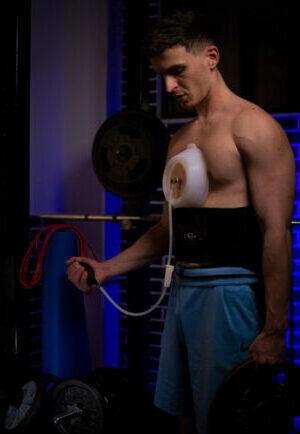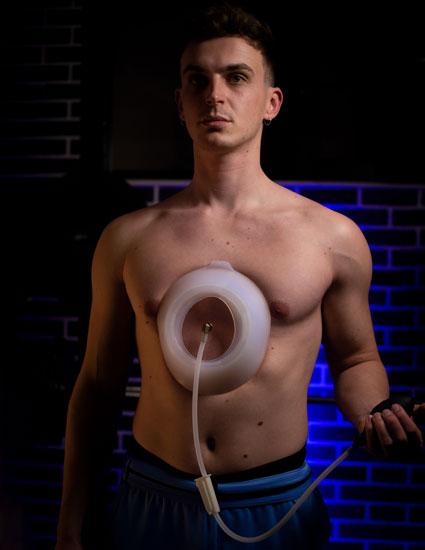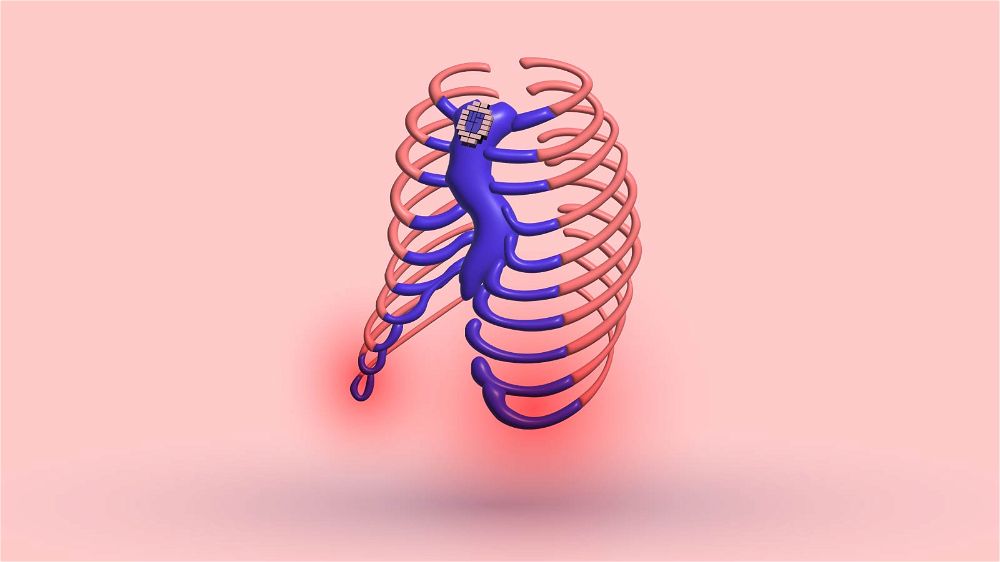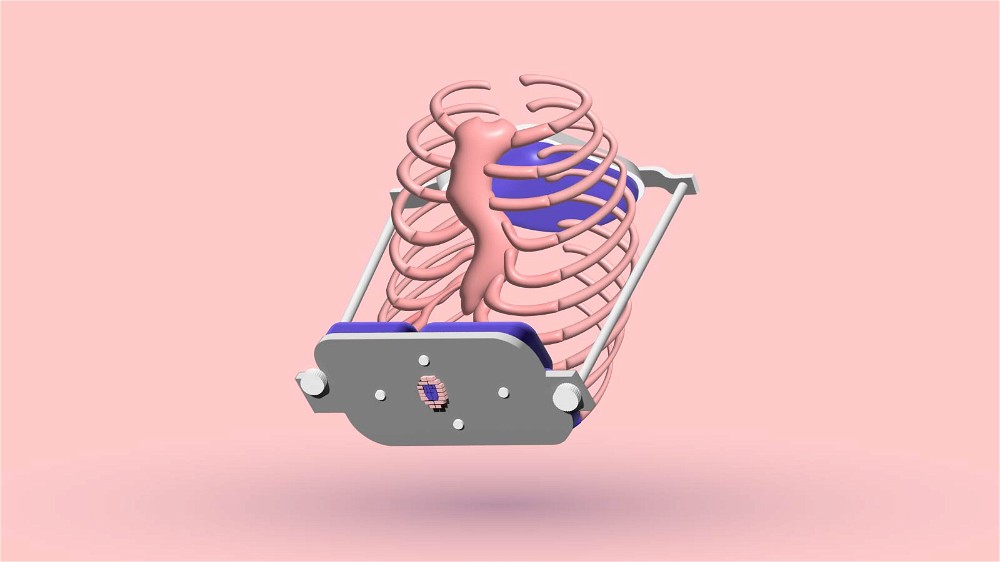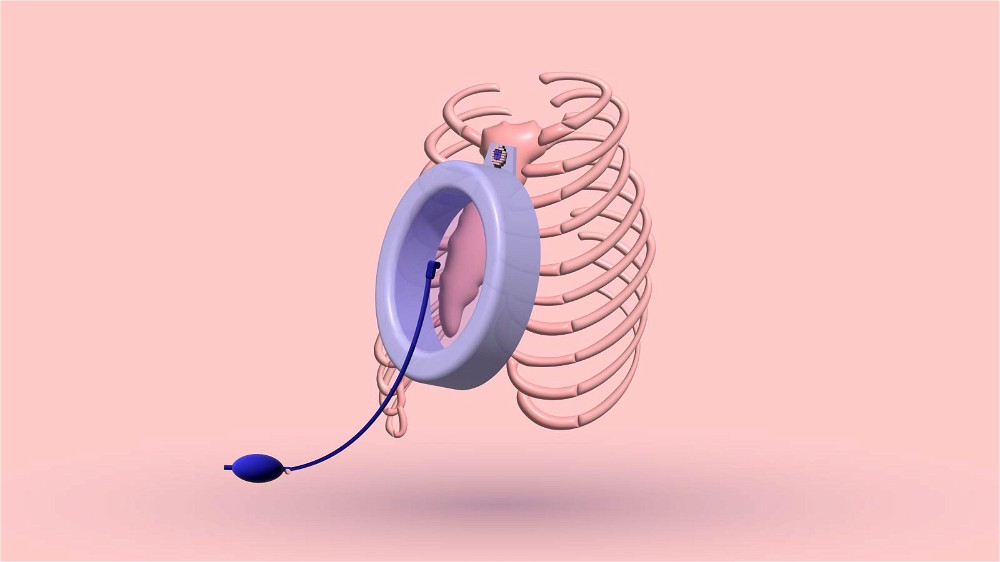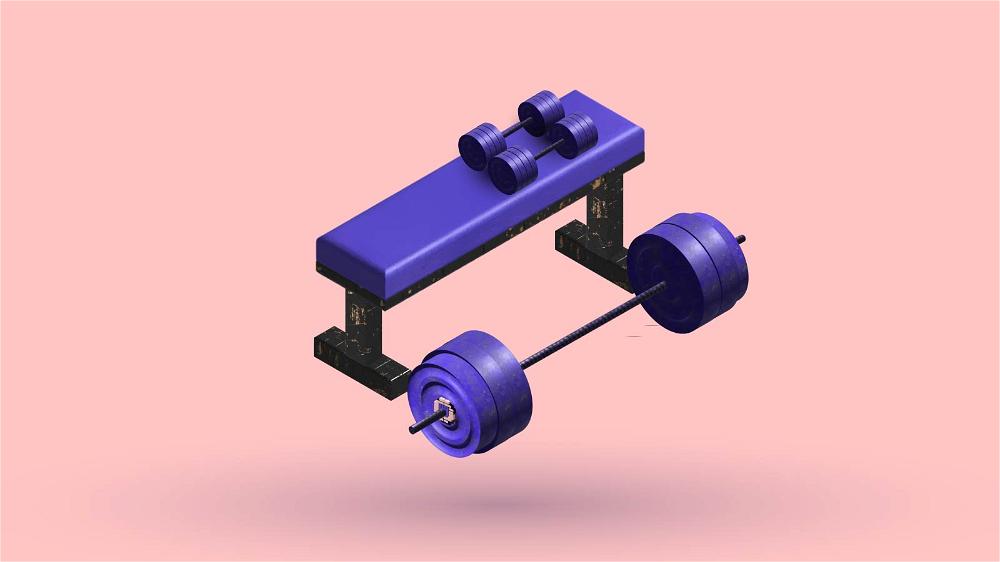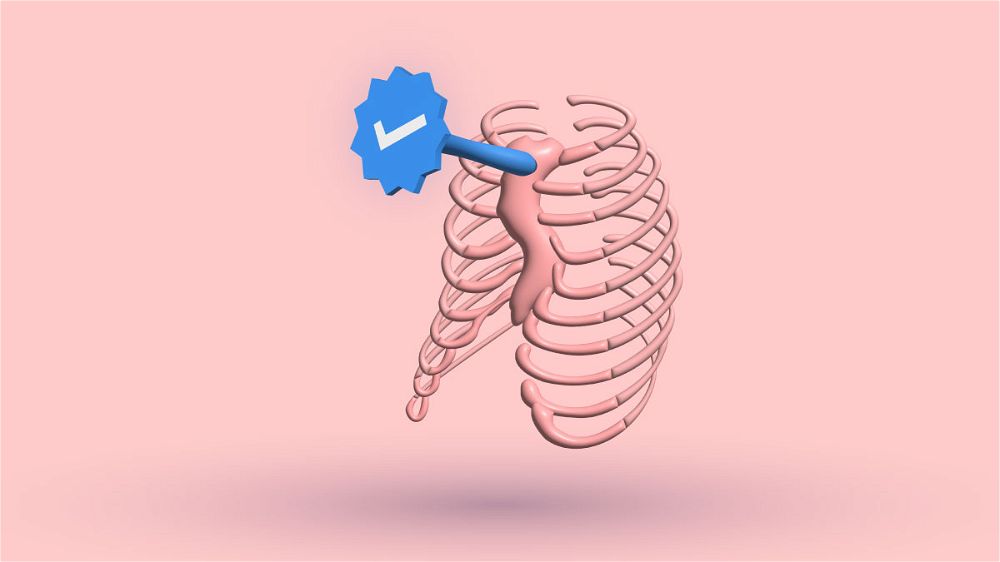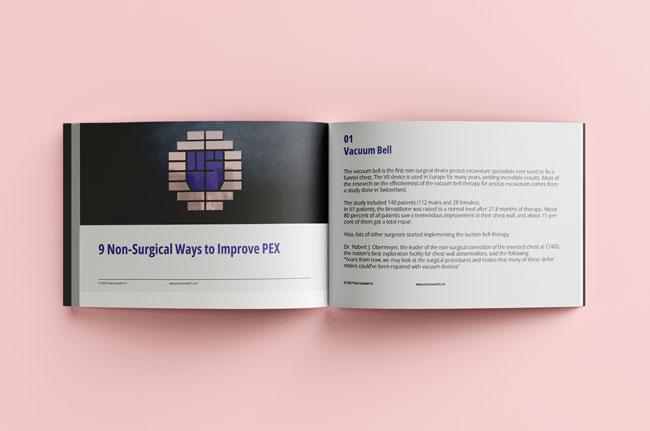You can use the vacuum bell while sleeping. In my opinion, this is the best time to apply it.
However, many patients are uncomfortable falling asleep with the vacuum bell lifting their sunken sternum. If you’re lucky not to be bothered by the vacuum, feel free to use it while you sleep.
That’s at least 5-6 additional hours of vacuum bell therapy.
Best Sleeping Position For Vacuum Bell
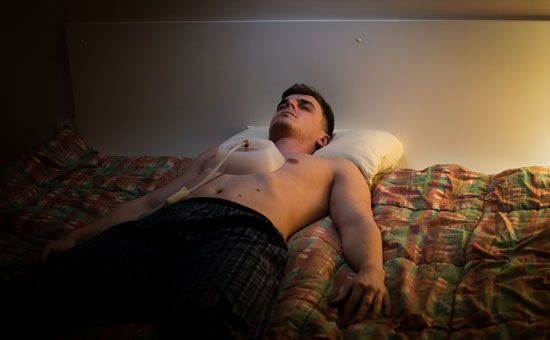
The best position is to sleep on your back. At first, you’ll have an unpleasant feeling while trying to fall asleep with a vacuum bell on.
However, you’ll get used to it after a month, and the strange feeling will disappear.
How to Start Sleeping With Vacuum Bell
Learning how to sleep with your vacuum bell applied is very important. I recommend starting with low negative pressure to get used to the feeling.
When you feel like the vacuum bell doesn’t bother your sleep, gradually increase the pressure. When you sleep with it for at least a month, you’ll get used to sleeping even with high pressure applied.
My Experience
When I started my vacuum bell therapy, I thought that I wouldn’t be able to wear it during sleep. I tried a few times and had a few sleepless nights. I made a mistake because I pumped too intensely and applied the same pressure as I did during the day.
After decreasing the intensity, the vacuum bell didn’t bother my sleep. I went to the point where I felt weird if I didn’t wear the vacuum bell while sleeping.
Losing Pressure During Sleep
There are a few reasons why you lose pressure while you’re sleeping.
- Quality of vacuum bell
- Sleeping position
- Applying a minimal amount of negative pressure
Quality of Vacuum Bell
Suppose the vacuum bell isn’t sealed correctly. In that case, it will lose negative pressure no matter how well you position yourself while sleeping.
It is very frustrating to wake up in the morning and see that your vacuum bell has fallen from your chest in the night. The quality of the device plays a huge role in this.
You should invest in a vacuum bell from a trusted manufacturer.
Sleeping Position
Stomach Sleeping

I used to be a heavy stomach sleeper. That changed when I read about the importance of the sleeping position for posture and physical health.
However, if you apply the highest negative pressure, the vacuum bell will apply massive force on your chest. You probably won’t be able to feel your body weight, assuming you’re skinny, as most of us with pectus excavatum are, on top of the vacuum bell.
Having a soft mattress will help with this too.
Back Sleeping
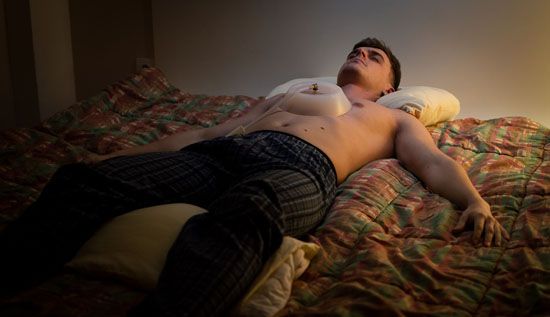
Then, I started being a back sleeper. I put a pillow underneath my neck and below my knees to keep a natural alignment during sleep. Then, when I received the vacuum bell, it was straightforward for me to apply it in this position.
I didn’t lose any pressure because I didn’t move around in my sleep. This is precisely what I recommend you do. You will kill two birds with one stone by becoming a back sleeper.
You will improve your pectus posture during sleep, while the vacuum bell will stay attached to your chest during the night. Avoid sleeping on your stomach or your sides.
Side Sleeping
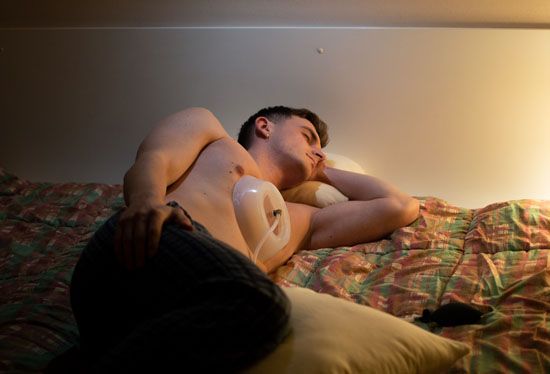
Side sleeping with a vacuum bell is hard. It is good to put a piece of your duvet cover between the mattress and the vacuum bell for those who like to sleep on your side.
This will help provide support so it won’t fall off easily.
Don’t Be Too Hard On Yourself
I stretch and move around while sleeping when I notice my vacuum bell has fallen off. I usually drowsily reapply it on my chest and fall deep asleep.
Other times, especially if I feel uncomfortable, I quickly decide that it is enough to vacuum the bell for the night, put it away, and fall back asleep. You don’t have to wear the vacuum bell throughout the entire night.
If you don’t wake up, that’s the best scenario. But don’t force yourself with the vacuum bell because getting a good night’s sleep is the most important thing for your well-being.
Tips for Sleeping With Vacuum Bell
If you can’t fall asleep with the vacuum bell, wait until you’re thoroughly exhausted and think you’ll fall asleep as soon as you put your head on the pillow. When you feel this, apply the vacuum bell quickly and fall asleep.
Have the vacuum bell next to your bed if you tend to hit the snooze button before waking up. When the alarm goes off, apply the vacuum bell and go back to snoozing.
At least you won’t feel as bad when you wake up from the snoozing. If you can’t fall back asleep, you’ll be ready for the day.
Make Up For Lost Time
If you have a busy day at school or work, there is no excuse not to use the vacuum bell. Nighttime suction treatment is excellent to make up for the lost time in the day.
That way, you can easily reach a minimum of 8 hours of vacuum bell therapy daily. As a rule, the more you use the suction bell, the faster you’ll notice results.
The Bottom Line
Getting used to sleeping with the vacuum bell will help you improve your deformity faster without being too bothered by the device. However, it can be very uncomfortable at first. Please, take small steps first.
Apply minimal pressure so you can fall asleep faster. You can also wait until you’re sleepy and apply the vacuum bell, so you will instantly fall asleep with the device applied. After you get used to it, you can gradually increase the negative pressure.
Sleeping on the back is recommended. If you have any concerns, please get in touch with me or write a comment in the section below. Thank you for reading!


